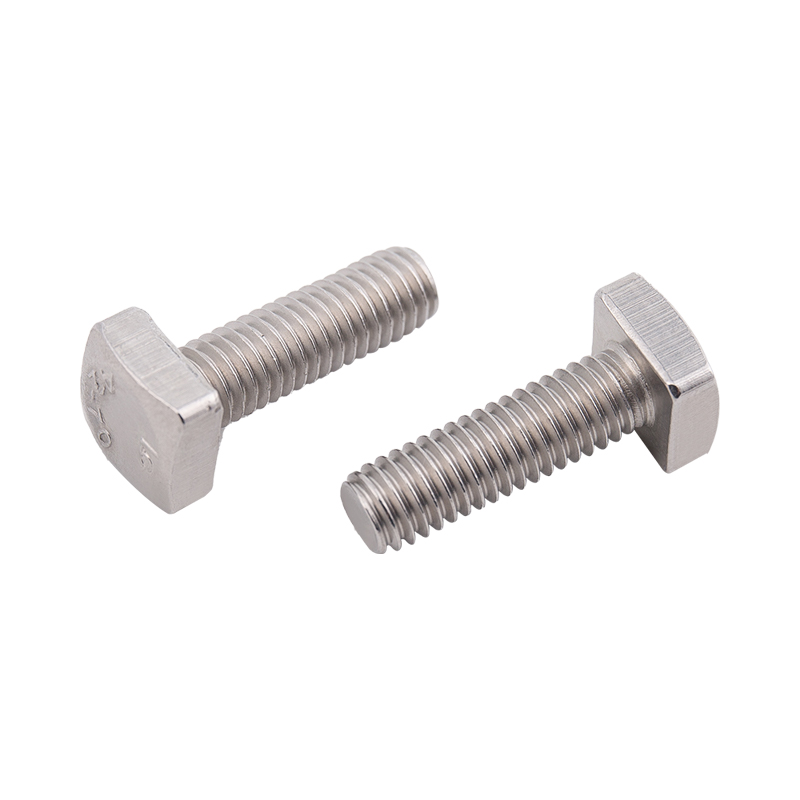-
CBB61 1.2uF/400V Black Film CapacitorsThe CBB61 1.2uF/400V capacitor features a black casing with black dielectric material, measuring 37mm × 24mm × 13mm. It includes mounting holes for se...
-
CBB61 1.5uF/400V CapacitorsThe CBB61 1.5uF/400V capacitor shares the 37mm × 24mm × 13mm black casing and black dielectric material with its 2.0uF counterpart. It also features m...
-
CBB61 2.0uF/400V CapacitorsThe CBB61 2.0uF/400V capacitor comes in a black casing with a black dielectric material, measuring 37mm × 24mm × 13mm. It includes mounting holes for ...
-
CL21 155/400V CapacitorsThe CL21 155/400V capacitor measures 22.5mm × 17.5mm × 10.3mm and is designed with a brown encapsulated casing, offering robust insulation and environ...
-
CL21 105/630V CapacitorsThe CL21 105/630V capacitor has dimensions of 22mm × 12.5mm × 7mm and features a brown encapsulated design, providing enhanced insulation and mechanic...
-
X2-104uf/305V CapacitorsThe X2-104uF/305V capacitor measures 18mm × 12mm × 11mm and features a yellow shell and yellow dielectric material, ensuring reliable insulation and l...
Difference Between a Stainless Steel Bolt, Screw & Stud
Industry News-Content
Introduction to Stainless Steel Fasteners
Stainless steel fasteners are widely used in construction, machinery, and industrial applications due to their corrosion resistance and durability. Among them, bolts, screws, and studs are the most common types, each serving a specific function depending on the application requirements. Understanding their differences helps in selecting the right fastener and ensures a secure, long-lasting assembly.
Stainless Steel Bolts
A stainless steel bolt is a fastener with an external thread that is designed to pass through aligned holes in two or more components. It is typically secured with a nut, providing strong clamping force. Bolts come in various head types, including hex, socket, and flanged, which allows flexibility in assembly design. They are ideal for structural applications and machinery where high strength and reliable joint integrity are required.
Stainless Steel Screws
Stainless steel screws differ from bolts in that they are designed to be inserted directly into a material without the need for a nut. Screws can form their own threads in softer materials (self-tapping) or fit into pre-tapped holes. They are commonly used in wood, metal, and plastic assemblies. Head types such as flat, pan, or countersunk allow flush or decorative finishes, making screws suitable for furniture, electronics, and light construction.

Stainless Steel Studs
A stainless steel stud is a rod-like fastener that is fully or partially threaded, with no head. One end is typically screwed into a tapped hole, while the other end receives a nut. Studs provide strong clamping and precise alignment without the interference of a bolt head. They are widely used in engines, flanges, and heavy machinery, where components need to be easily replaced or require frequent maintenance.
Key Differences Between Bolts, Screws, and Studs
| Feature | Bolt | Screw | Stud |
| Head | Yes | Yes | No |
| Requires Nut | Yes | No | Yes |
| Thread Engagement | Through material + nut | Material threads | Tapped hole + nut |
| Installation Tool | Wrench | Screwdriver or driver | Wrench for nut |
| Typical Use | Structural, machinery | Wood, metal, plastics | Engines, flanges, heavy machinery |
Practical Tips for Selecting Fasteners
- Match the fastener type to the material and load requirements.
- Consider the environment: 316 stainless steel is better for high-moisture or corrosive settings.
- Use bolts for assemblies requiring high clamping force with a nut.
- Choose screws for applications where a nut cannot be used or a flush finish is needed.
- Select studs where frequent maintenance or precise alignment is critical.



 русский
русский Español
Español